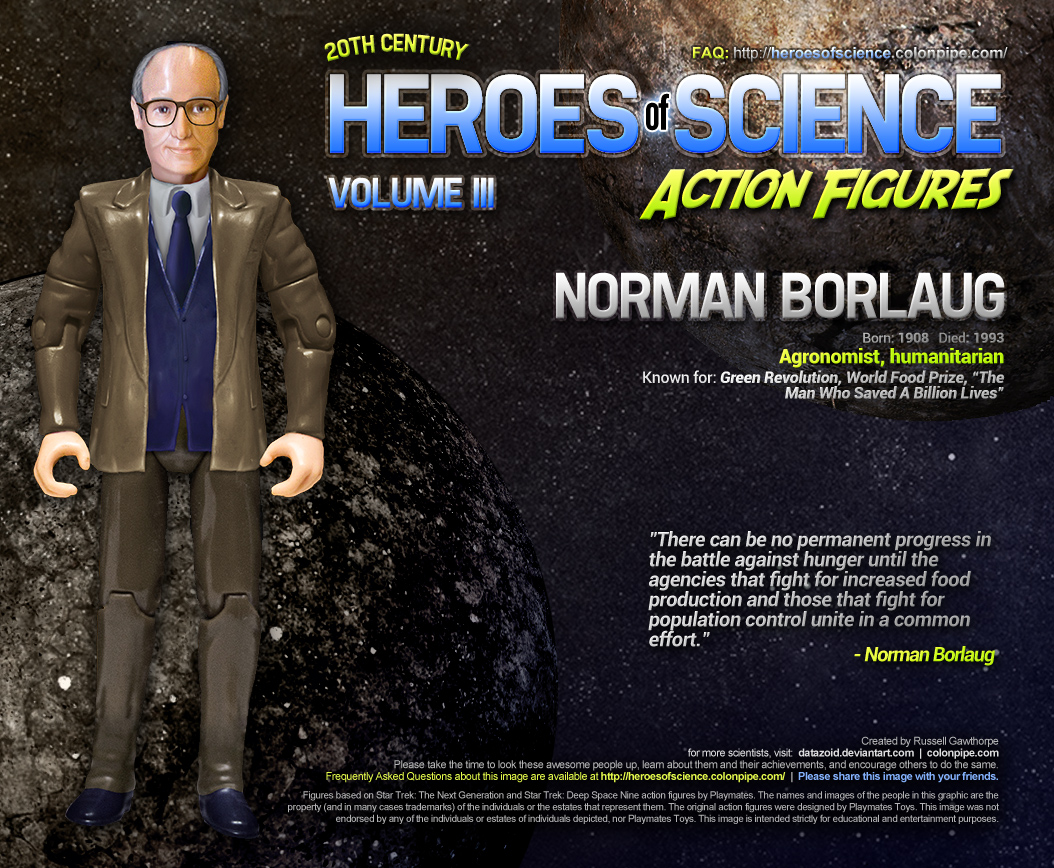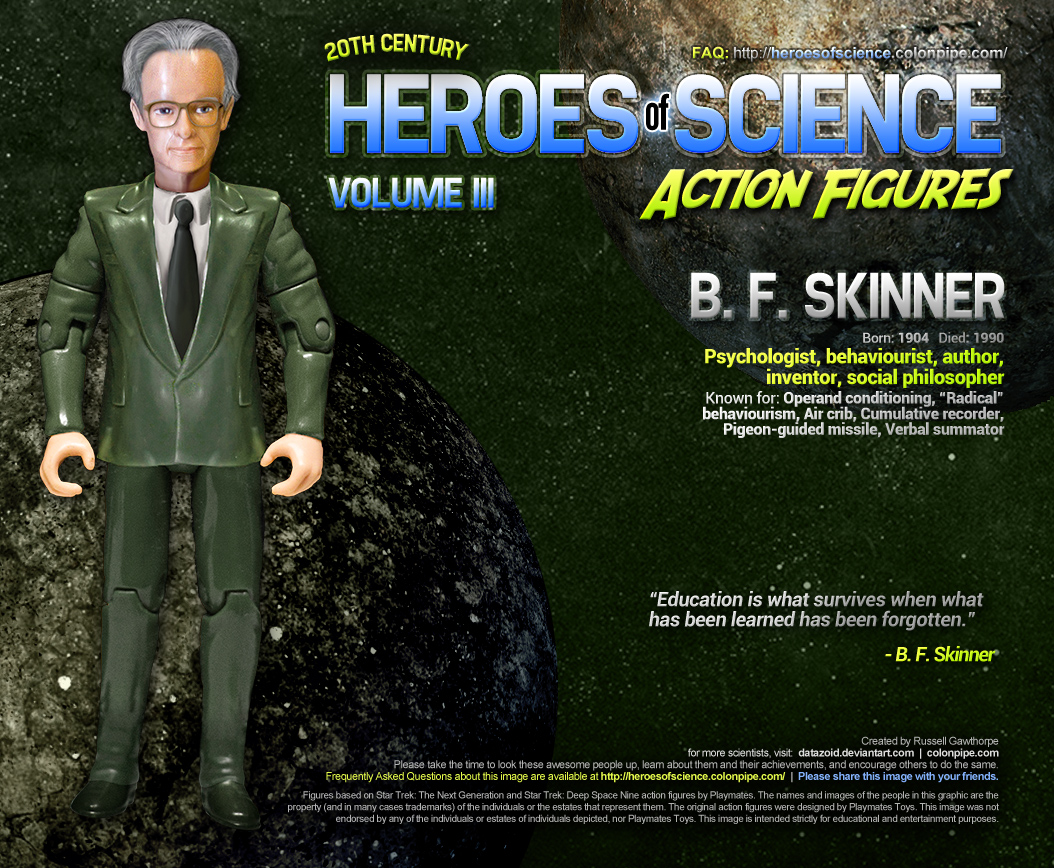Opinions. They're like arseholes: everyone has one, and they all stink. For what it's worth, here's mine, vis-a-vis climate change. You can take it or leave it. It's pretty brief.
I don't care if climate change is 'real'. The net outcome of having people, in general, do the correct thing outweighs any political shenanigans that are going on behind the scenes.

Let's suppose that climate change is real. What's the best we can hope for? The best we can hope is that people will comply with the basic instructions they're being not-so-subtly given. Look after the environment. Switch to alternative fuels. Be energy efficient. Waste less. Use less. Be, in general, healthier -- both in your life, and for the planet you live on. What's the worst we can hope for? We're screwed.
Now let's suppose climate change is not real. I don't have an opinion either way. As I said above, I don't care if it's real or not. I do believe, however, that the underlying issues are very real: We will, one day, run out of fossil fuels. It's inevitable. They're non-renewable. Once they're gone, there are no more. We need to find alternative energy sources, and if they're ultimately renewable ones, they'll eventually end up cheaper, more reliable, and more efficient than what we're currently using. We need to look after our environment. Whether all of the crud we're pumping into the atmosphere is causing climate change is entirely moot, the point is: we're pumping it into our atmosphere. We're having small-scale, detectable effects on our immediate surroundings. We live in smog-covered cities. We need to, generally speaking, clean this shit up. So, supposing climate change is not real, our best-case scenario is a cleaner, more efficient, more advanced world than the one we live in. What's the worst we can hope for? Well, I suppose we can live in shit.
It's an option.
As an addendum: I find the whole climate change debate to be akin to the argument than man never walked on the moon. At the end of the day, unless you're a climate scientist in your own backyard, you're relying on other people to supply you with the data you're basing your argument on. Often, those people are the ones you're arguing against, a task that has some pretty obvious flaws. You can believe what you please when it comes to man walking on the moon, at the end of the day, the people holding all of the proof are the ones trying to convince you. Unless you've got a spaceship of your own, you'll never know for certain. I'm starting to think climate change is an awfully similar argument from the average Joe's perspective.













